

John Lewis-Stempel
THE SHEEPS TALE
The story of our most misunderstood farmyard animal

Contents
About the Author
John Lewis-Stempel is a writer and farmer. His books include the Sunday Times bestsellers Woodston, The Running Hare and The Wood. He is the only person to have won the Wainwright Prize for Nature Writing twice, with Meadowland and Where Poppies Blow. In 2016 he was Magazine Columnist of the Year for his column in Country Life. He lives in Herefordshire with his wife and two children.
Also by John Lewis-Stempel
England: The Autobiography
The Wild Life: A Year of Living on Wild Food
Six Weeks: The Short and Gallant Life of the British Officer in the First World War
Foraging: The Essential Guide
The War behind the Wire: The Life, Death and Glory of British Prisoners of War, 191418
The Wildlife Garden
Meadowland: The Private Life of an English Field
The Running Hare: The Secret Life of Farmland
Where Poppies Blow: The British Soldier, Nature, the Great War
The Secret Life of the Owl
The Wood: The Life and Times of Cockshutt Wood
Still Water: The Deep Life of the Pond
The Glorious Life of the Oak
The Wild Life of the Fox
The Private Life of the Hare
Woodston: The Biography of an English Farm
The Soaring Life of the Lark
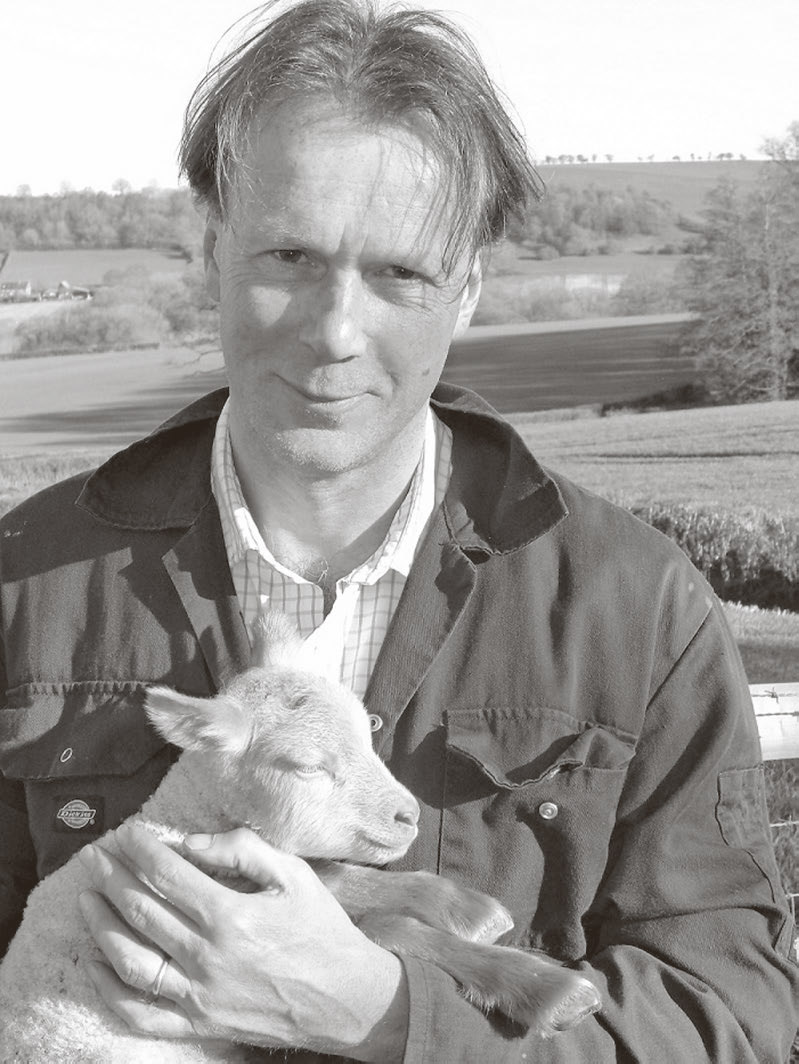 John Lewis-Stempel with Treacle.
John Lewis-Stempel with Treacle.our [present] connection with sheep extends no further than driving him to and from his pasture, and that at the expense of much fright and occasional injury, and subjecting him to painful restraint and sad fright when we are depriving him of his fleece.
William Youatt, Sheep: Their Breeds, Management and Diseases, 1837
PROLOGUE
The Tale of Robin Hood
I buried Robin Hood in his favourite place, the little paddock beside the Dulas. Across the brook, somewhere in the hazel thicket that climbed the evening hillside, a blackbird sang requiem.
Maid Marian was there, of course. She was, after all, his number-one wife. I shed no tears; Id done my crying when the local vet, Peter Jinman, had informed me there was no hope. Robin Hood had irreversible anaemia due to a semi-tropical disease, vectored by a parasitic worm in a birds dropping. The incomprehensible incongruity of it all was part of the hurt: the Dulas wanders its way in very English Herefordshire.
Even Jinman, a pillar of the veterinary establishment and soon to become president of the Royal College of Veterinary Surgeons, had never encountered Haemonchus contortus, barbers pole worm, in Britain.
I wondered on that spring day when we buried Robin if Little John and Friar Tuck would greet him in Heaven. Because surely sheep, of all the creatures, with all that Christian symbolism and parable attached to them, get past St Peter?
Agnus dei. Behold the of God, which taketh away the sin of the world. John I.29.
It is twenty years since Robin Hoods interment, but I remember him, and always with a wry smile. He was a singular . A pedigree Ryeland his official name was Spenwood Xtra Special he was fat, white, woolly, with a face like a teddy bear; my young children, Tris and Freda, adored him for his cuddliness. I admired his presence, eccentricity, and sheer interest in the world about him. He would sit in that hill-country paddock, its west end framed dramatically by the Black Mountains, on his haunches exactly like a dog and gaze out through the metal bars of the gate and watch the tractors go past on the lane.
He was a ******, though, when I took in a bale of hay in winter because he would jump up, trying to get first bite from the load on my shoulder. He weighed about 80kg; his methaney breath would be in my face. Any sheep cake (concentrate food) in a bucket and he would be unstoppable, diving in, then wandering off with the blue plastic bucket stuck on his head.
I liked him. And I think he liked me. There were times when he would deign to let me rub him under his chin as he stood four-square, head jutting forward. He was imperious, as if conscious of the glorious history attached to his kind. Ryeland sheep, first bred in the fifteenth century by the monks of Leominster Priory. Robin Hood was not just a sheep in a Welsh Marches paddock. He had ancestry breeding, you might say.
Neither was he a mindless machine, as the Cartesians used to conceive livestock, his life a blank prelude to being dispatched by the butcher. He had personality. Which is why he had an individual name from us, as well as his state-ordained DEFRA number on his blue ear tag.
I love sheep like Robin. But I admit I sometimes loathe them too.
Which, I think, is pretty much the standard ambivalence of anyone who knows sheep, as I do, having farmed them for twenty-five years. (My family began farming them eight hundred years ago.) When do I hate them? When they will not do as you want. When they escape, which they dismayingly do at the most inopportune moment, such as minutes before weddings, funerals, going on that long-promised holiday. Sheep are cunning beyond ken when they set their minds on the greener grass on the other side of the fence, and it always seems to be greener there (to a sheep, at least).
Mostly, I admire sheep, and the more I have run them, as we say in Herefordshire, the more they have intrigued me.
This is my laudation to sheep and their place in our lives. And my life in particular. Sheep that have given my life some of its best moments, because few experiences match under spring moonlight, or breaking open a bale of hay in a January snowstorm on the top of a faraway hill, the sheep gathered gratefully around. And you yourself grateful to be their good shepherd.
 Tris and Freda with Action Lamb and May.
Tris and Freda with Action Lamb and May.Introduction
The sheep have been here almost as long as we have. Although the first Stone Age people to journey into Britain were pure hunter-gatherers, the latter waves brought their semi-domesticated livestock, including sheep, with them. The New Stone Agers spread up the land via the river systems, where the banks acted as natural races, or corridors, for the livestock to be driven along; the water floated the Neolithics coracle-type boats, the animals aboard. Little Noahs Arks.
By the Bronze Age, sheep farming had made irredeemable marks in the landscape. Excavations in the Fens have revealed earthen sorting pens for sheep, and the same Bronze Age people created much of the chalk downlands, and also grassland at previously wooded altitudes. When the Romans colonized in AD 53 they found a landscape very much like that of today after all, it had been grazed for millennia, with the trees largely gone from the uplands. Those Lake District fells, which have inspired everyone who has ever wandered them lonely as clouds in historic times, were revealed from their arboreal cover by sheep and sheep farmers in prehistory. over the millennia since has prevented the fells re-wooding, the sheep eating new shoots as they appear.
Next page

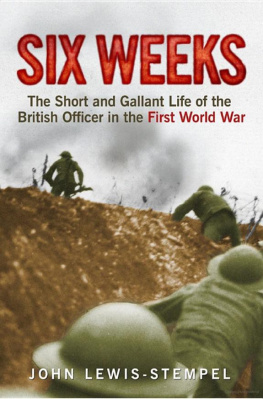
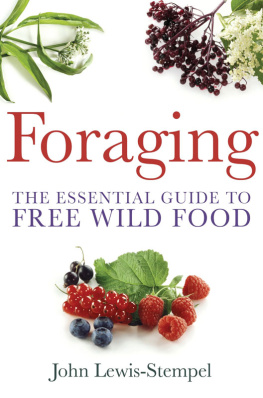
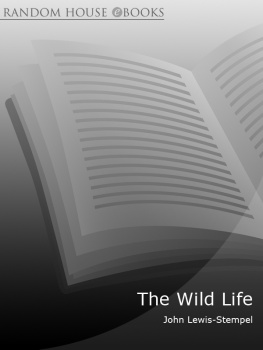
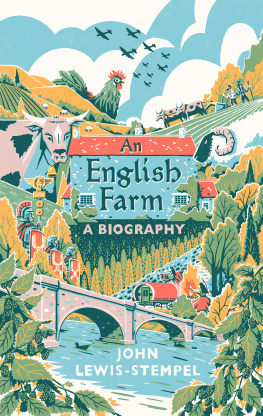
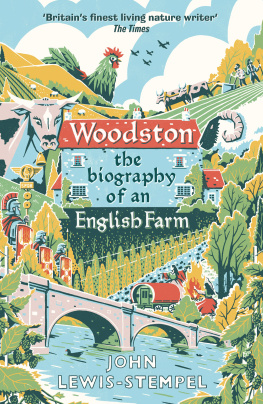

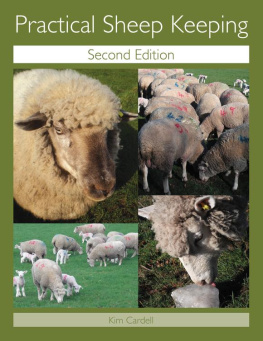
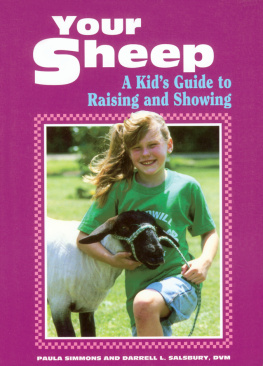
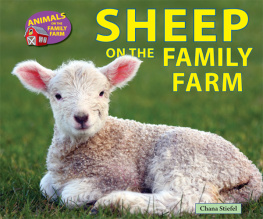
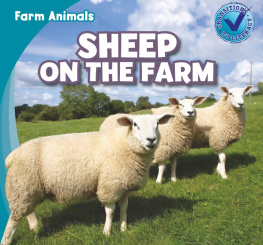
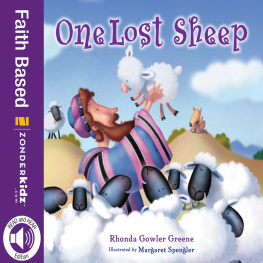

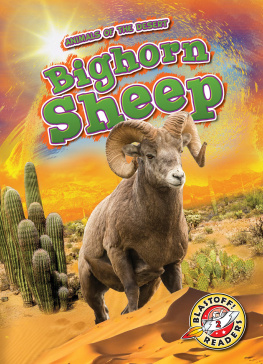
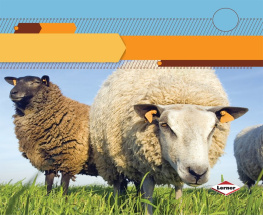




 John Lewis-Stempel with Treacle.
John Lewis-Stempel with Treacle. Tris and Freda with Action Lamb and May.
Tris and Freda with Action Lamb and May.